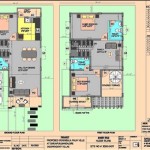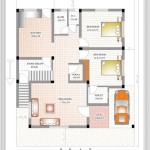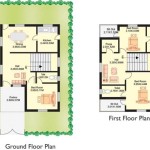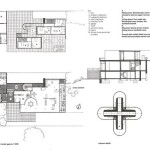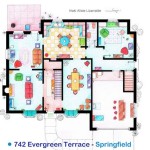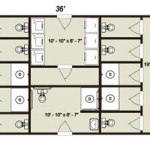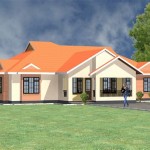Gable Home Plans: A Guide to Essential Aspects
Gable home plans have captivated homeowners for centuries with their classic charm and architectural versatility. These homes are characterized by their distinctive triangular-shaped roof, which provides a timeless and elegant appearance. Whether you're considering building a new home or renovating an existing one, it's essential to understand the key aspects of gable home plans to make informed decisions.
Roofing Materials and Styles
The roof is a defining feature of any gable home plan. The choice of roofing materials and styles can significantly impact the overall aesthetics and functionality of the home. Popular materials for gable roofs include asphalt shingles, metal, slate, and tile. Each material offers its own unique advantages and considerations in terms of durability, cost, and maintenance.
Roof Pitch
The roof pitch refers to the angle at which the roof slopes up from the walls. A steeper roof pitch provides better drainage but can increase the cost of construction. A shallower roof pitch offers a more spacious attic but may require additional support to prevent sagging. The optimal roof pitch for gable homes typically ranges from 4/12 to 12/12.
Exterior Siding
The exterior siding plays a crucial role in protecting the home from the elements and enhancing its visual appeal. Gable homes offer a wide range of siding options, including vinyl, wood, brick, and stone. Each material has its own unique characteristics in terms of durability, cost, and maintenance requirements.
Windows and Doors
Windows and doors contribute significantly to the overall aesthetic and functionality of gable home plans. Large windows can flood the interior with natural light and offer stunning views. However, they should be carefully placed to avoid sacrificing privacy or compromising the integrity of the roof structure. Doors should complement the architectural style of the home and provide easy access to the interior.
Structural Considerations
The structural design of gable home plans requires careful engineering to ensure the stability and longevity of the home. The roof is supported by a system of rafters, trusses, and beams, which must be designed to withstand the weight of the roof and any potential snow or wind loads. The walls and foundation must also be adequately designed to provide support and resist lateral forces.
Interior Layout
The interior layout of gable home plans is influenced by the presence of the triangular roof shape. The attic can be utilized for storage or converted into additional living space. The main living areas are typically located on the first floor, with bedrooms and bathrooms occupying the upper floors. The triangular roof can create unique and interesting ceiling lines that add architectural interest to the interior.
Conclusion
Gable home plans offer a timeless and versatile option for homeowners who seek a classic and elegant architectural style. By understanding the essential aspects of gable home plans, including roofing materials and styles, roof pitch, exterior siding, windows and doors, structural considerations, and interior layout, you can make informed decisions to create a home that meets your needs and aesthetic preferences.

Gable House Ross Chapin Architects

House Plans 6x6 With One Bedrooms Gable Roof Bungalow Simple

Gable Truss Duplex House Plan Design 1820 Sf Modern Spacious Multifamily Drawings Blueprints Investment Property

House Plans

House Plan 4 Bedrooms 2 5 Bathrooms Garage 3642 Drummond Plans

Gable House Plans Multi Generational Home

House Plans Archive Bainbridge Homes

Modern Style Family Home With Graceful Gable Roofs Cool House Concepts

Gables Farmhouse Floor Plan Sater Design Collection

32 44 Gable House Building Plans

